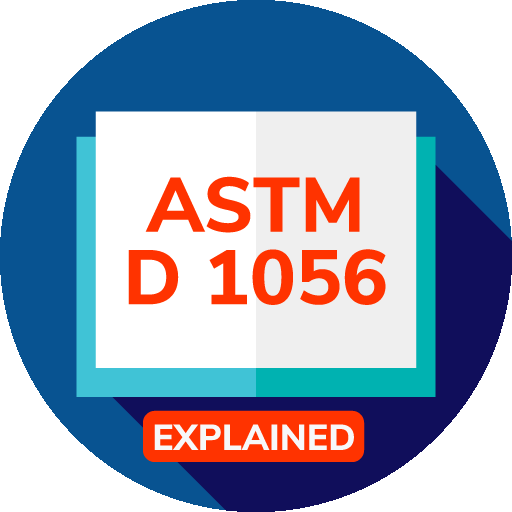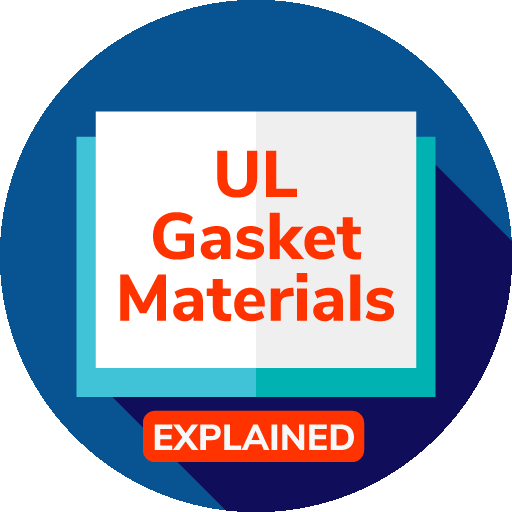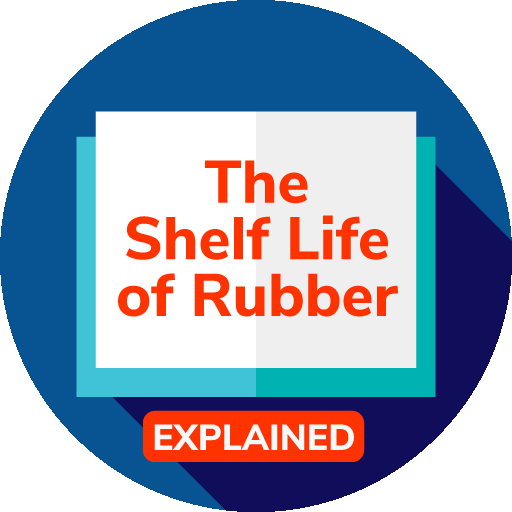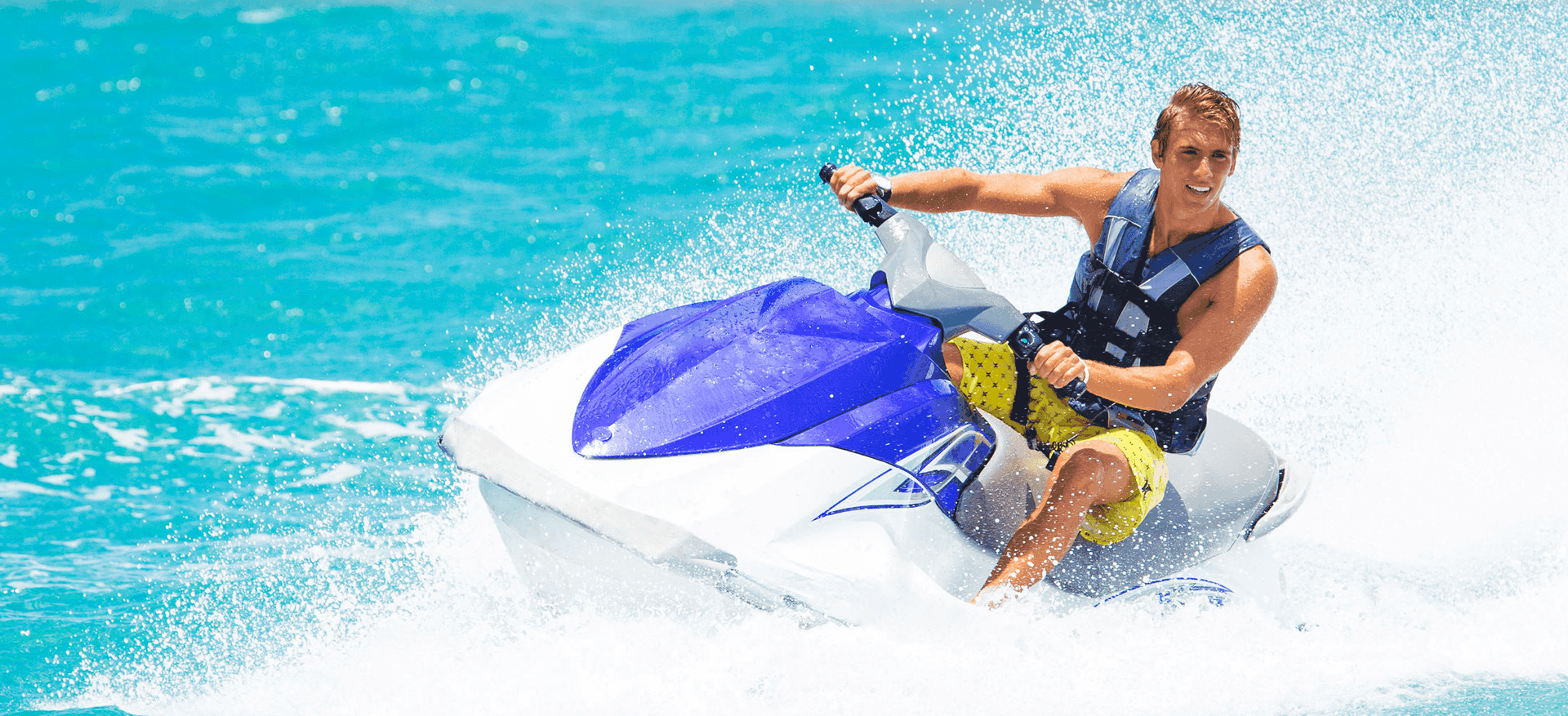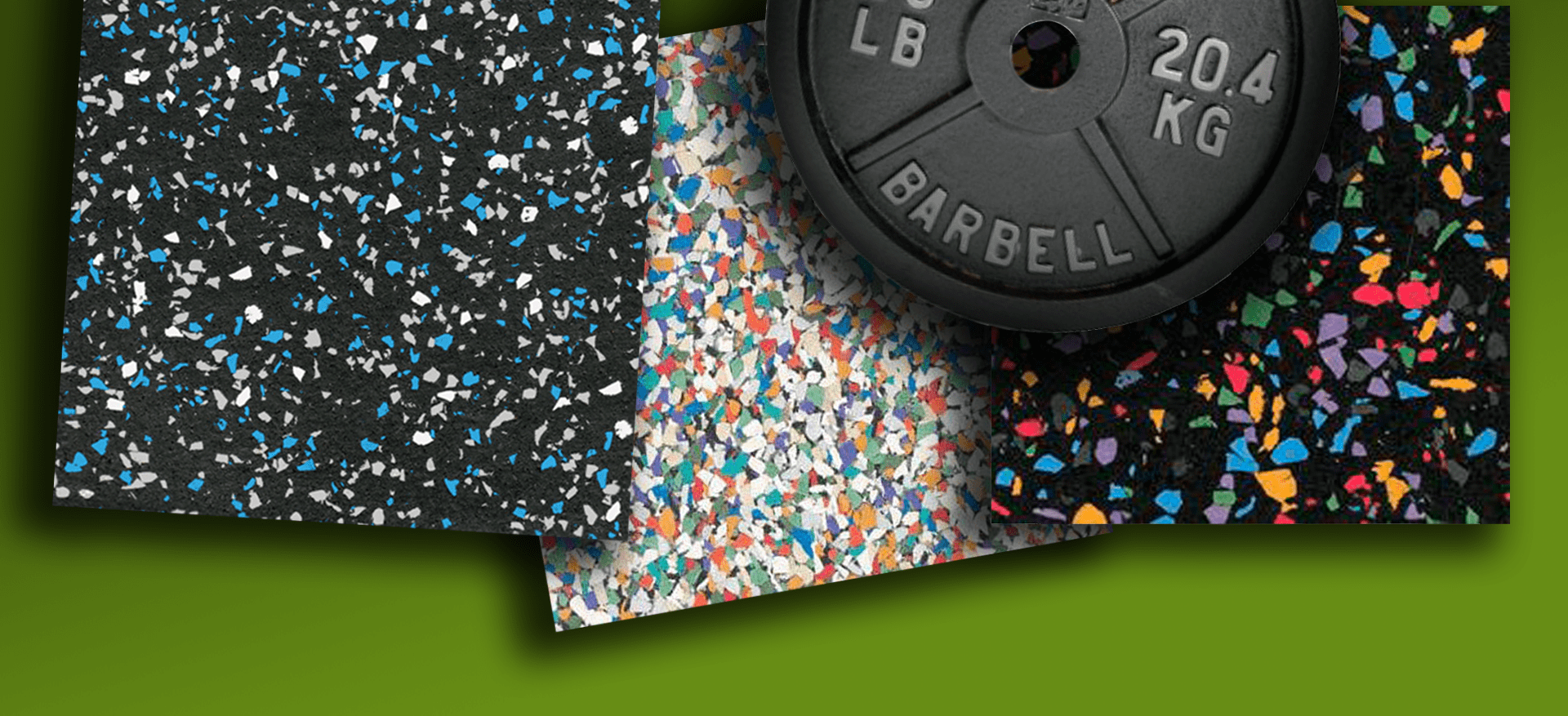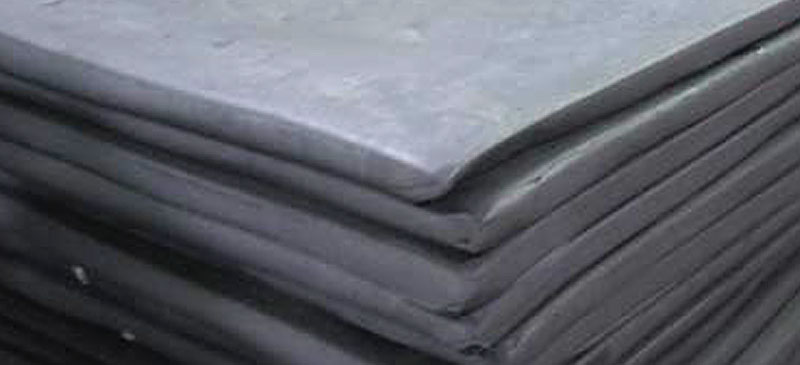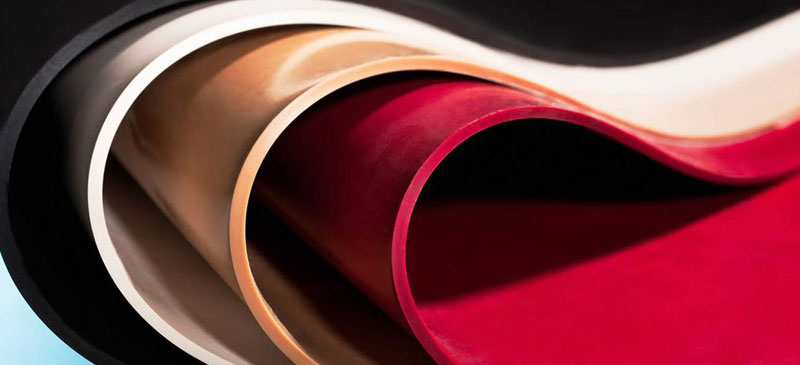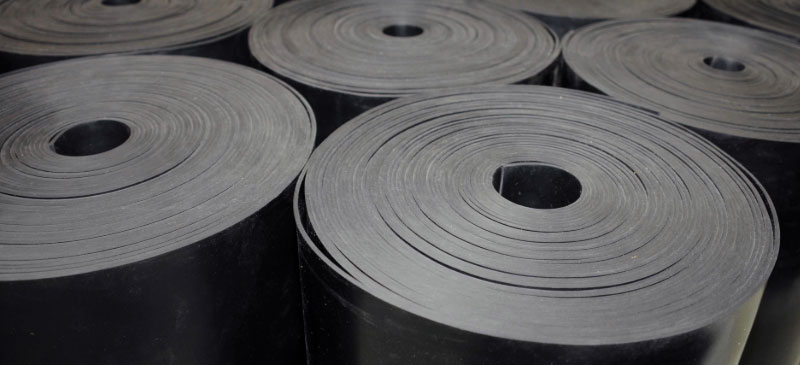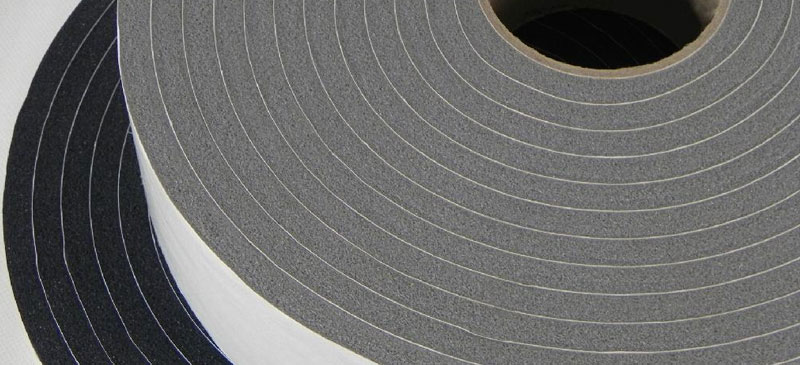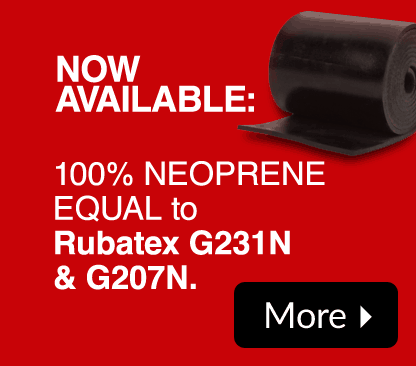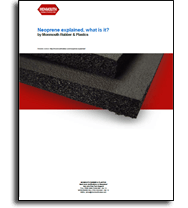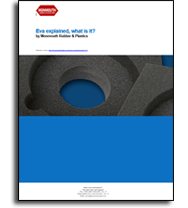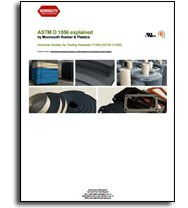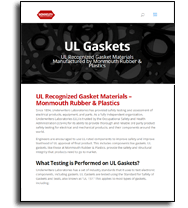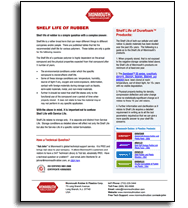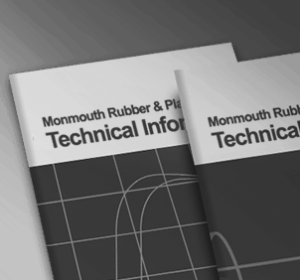Our Technology
Monmouth Rubber & Plastics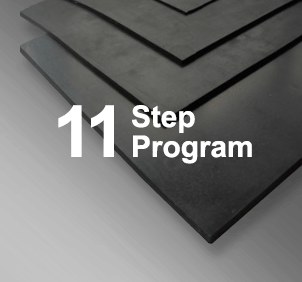
Monmouth Rubber & Plastics
Technology 11 Step Program
Monmouth Rubber & Plastics has an 11 point program for its technology that it is proud to disclose:
STEPS:
- People
- Motivation
- People
- Innovation
- People
- Team Work
- People
- Total Commitment
- People
- Customer Satisfaction
- People
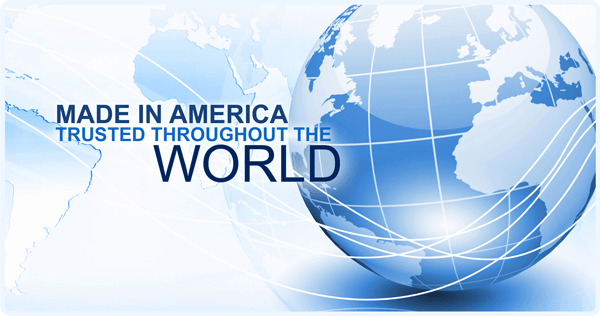
The secret of our technology is…
OUR TECHNOLOGY BEGINS AND ENDS WITH OUR PEOPLE!

Monmouth Rubber & Plastics is a Recognized Leader in Innovative Technology Around The World
Monmouth, for over 54 years, has been a recognized leader in innovative technology as it relates to cellular rubber and plastic foam. A team of technologists that have hands-on shop floor experience, laboratory expertise, and training and formal technical education, has produced an impressive array of technology firsts. Some examples are:
1965 – Monmouth designs, builds, and puts into commercial operation a direct coating line of solvent based adhesives onto cellular foam materials for the automotive industry.
1968 – Monmouth develops and perfects the Durafoam™ Multi-step process for the curing and blowing of closed cell materials. Prior to 1968, most materials were cured with the one step or jump-blow process which resulted in densities no lower than 12 pounds per cubic foot. By using a controlled multi-step-cure blow process, Monmouth was able to crosslink and blow materials in densities down to 2 pounds per cubic foot. Monmouth has made significant improvements to this Durafoam™ Multi-step process over the years as polymers, products and customer needs have changed.
1969 – Monmouth develops for B.F. Goodrich, Shelton CT, a low density, Vinyl/Nitrile/Neoprene blend for industrial and automotive markets. Monmouth’s proprietary technology in hydrocarbon polymer blending has been the keystone in its technology firsts. The productline developed for B.F. Goodrich in 1969 is the forerunner of the Vinyl/Nitrile/Neoprene blends produced today by Rubatex® , Uniroyal Ensolite® Division and Halstead.
1971 – Monmouth develops the first commercial, low density, Neoprene/SBR blend for the industrial and automotive markets. Listed under ASTM-D-1056, SCE41 through SCE45, Monmouth produced and sold commercial blends of its Durafoam™ C121A series in densities as low as 3.5 pounds per cubic foot.
1974 – Monmouth commercializes the world’s first 100% EPDM, low density, closed cell sponge. Proprietary Durafoam™ technology allowed Monmouth to produce the C191XLDS in densities as low as to 2.0 pounds per cubic foot. One outstanding, commercially successful application for this technology was as a sealing gasket for all Chrysler tail lamps. Durafoam™ C191XLDS was used exclusively during the 1980’s in all Chrysler vehicles. A copy of the DuPont brochure outlining this application is included.
1977 – Monmouth provides some of the initial EVA Polyethylene crosslinked foam technology and developmental work for the Ensolite® Division of Uniroyal. The product was ultimately marketed by Uniroyal under the tradename “Ensofoam”. This developmental work included pilot plant production at our Long Branch facility as well as product development.
1986 – Monmouth introduces its Bondaflex line of recycled cellular and solid rubber and plastic materials. Monmouth’s technology centers around its proprietary process for controlled particle size distribution of similar and dissimilar materials. Some examples of market firsts from this technology are:
- A recycled bun of closed cell material four times larger in size than any competitive material available – Specifically 400 pounds in weight as opposed to 100 pounds from its closest competitor. The economies of fabricating a bun four times as large are literally directly proportional.
- A sheet 54″ wide making Bondaflex dimensionally compatible with 54″ wide transfer tape, fabric, and other materials that fabricators choose to laminate to the Bondaflex material.
As of 1998, the Bondaflex process has resulted in Monmouth being able to recycle in house 100% of all materials that it processes and to offer to its customers a guarantee that it will accept back in its Long Branch facility 100% of the materials that Monmouth supplies. This guarantee includes skids, banding wire, stretch wrap as well as the cellular and solid material that it makes and sells. Monmouth guarantee is straight forward and simple. Monmouth will take back anything, from anywhere, that is shipped from our plant, and recycle it! There is no one else in the industry that Monmouth knows of that offers such a guarantee.
1990-95 – Monmouth Rubber & Plastics supplies to Sentinel Products Corp. the basic Durafoam™ blend technology for a comprehensive and complex family of crosslinked polyolefin foams including polyethylene, EVA, EPDM, and the full family of metallocene resins. With its proprietary blend technology, Monmouth was able to achieve physicals and product performance significantly superior to homogenous plastic foams. Some examples of commercially successful products that resulted from this technology are:
- Crosslinked polyethylene packaging foam that is non-explosive.
- Crosslinked polyolefin foam in a density of 3.8 pounds per cubic foot for the toy market commonly referred to as puzzle foam. This product replaced a competitive 6 pound foam imported from China.
- Crosslinked polyolefin tape grade foam in thin gauge applications for both singe and double coated products.
A full family of commercially successful metallocene blend foams crosslinked in bun form for the polyolefin foam market.
1995 – Monmouth introduces the first vinyl nitrile shock attenuating foam that can be thermoformed as easily as polyolefins and vinyl dipped as easily as PVC nitrile non-thermoformable foams. This technology has allowed OEM manufacturers significant design improvements heretofore not attainable with PVC nitrile foams that are dippable but not thermoformable. This product is one of Monmouth’s fastest growing product lines.
August – 1996 – Monmouth commercializes its KGB 1 + 1=3 blend technology (Kinetically Grafted Blends). KGB blend technology allows dissimilar polymers (those that do not blend well mechanically) to blend as a result of a chemical bond that develops through proprietary KGB technology. The benefit to the customer is a blend product with superior performance and value as opposed to more expensive, homogenous polymers.
January – 1998 – Monmouth introduces the largest pressed cured bun in a neoprene blend available from anyone . . . anywhere. Proprietary technology developed by Monmouth Rubber & Plastics has resulted in a press cured bun having the quality features of a tight cell structure and high physicals normally associated with a rubber closed cell bun in the largest commercially available size. This accomplishment is in keeping with our Phase 1 goal which is:
“To become and remain the highest quality producer
of cellular rubber and plastic buns in the world.”
Contact us now to learn how our materials can help you become the highest quality producer in your market.
Q&A Rubber Library
The answers are meant to
be brief & informative.
Ask John - Free tech support
Monmouth’s global technical
support service.
Physical Properties Technical Data Sheets
80% of your questions answered here.
Rubber & Foam Samples
Closed cell sponge rubber and
plastic foam materials
Neoprene Explained
Neoprene was the world’s first fully commercial synthetic elastomer
EVA Explained
Ethylene-vinyl acetate (EVA) is the copolymer of ethylene and vinyl acetate.
ASTM D 1056 explained
Standard Specification For Flexible Cellular Materials
UL Gasket Materials explained
Underwriters Laboratories has a set of industry standards that it uses to test electronic components, including gaskets.
The Shelf Life of Rubber explained
With the above in mind, it is important not to confuse Shelf Life with Service Life.
CONTACT US
Intl: +1 732-229-3444 | Toll Free: (800) 375-1960
Email: sales@monmouthrubber.com
Our Team
Team Monmouth's commitment is to bring ongoing value to our customers. We constantly strive to improve products and services that meet your needs and exceed your expectations. Please select one of our team members below to discuss how we can help you!





Cut It. Coat It. Form it. It will do just about anything you want it to do.
Whether you’re looking for open cell sponge rubber, solid sheeting or closed cell plastic foam, you can count on Monmouth Rubber & Plastics to deliver the materials you want.
DURAFOAM™
Closed Cell Sponge Rubber and Plastic Foam
DURAFLEX™
Solid Rubber
and Plastic Sheeting
BONDAFLEX™
Recyled Composites of Rubber and Plastic
BUNS
Closed Cell Sponge Rubber & Plastic Foam
SHEETS
Closed Cell, Open Cell & Solid Rubber
ROLLS
Closed Cell Sponge Rubber and Plastic
FOAM TAPE
Closed Cell Tape, Strip & Pressure Sensitive
NEW! Equivalents to any current or obsolete Rubatex, Ensolite or ANR stock Competitive Stock Number Equivalency Charts:
1. Durafoam™ Stocks Comparable to Rubatex® Stocks - View Chart
2. Durafoam™ Stocks Comparable to Ensolite® Stocks - View Chart
REQUEST SAMPLES Rubber & plastic foam materials Read more>
FREE TECH SUPPORT Global support and Solutions Read more>
TRASH FOR CASH Recycling Program Read more>
"ASK JOHN" - Q&A With John Bonforte, Sr. Read more>
IN THE NEWS Monmouth Rubber & Plastics Read more>
TECHNICAL LITERATURE Articles, Releases & Data Sheets Read more>
CONVERSION TOOLS Variety of different measurements. Read more>
PRICING & SALES SUPPORT Call or write us Read more>
- REQUEST SAMPLES Rubber & plastic foam materialsRead more>
- FREE TECH SUPPORT Global support and Solutions Read more>
- TRASH FOR CASH Recycling Program Read more>
- "ASK JOHN" - Q&A With John Bonforte, Sr. Read more>
- IN THE NEWS Monmouth Rubber & Plastics Read more>
- TECHNICAL LITERATUREArticles, Releases & Data Sheets Read more>
- CONVERSION TOOLS Variety of different measurements.Read more>
- PRICING & SALES SUPPORTCall or write us Read more>
EXPLAINED
Neoprene explained,
what is it?
Neoprene was originally used as an oil resistant replacement for natural rubber.
by Monmouth Rubber & Plastics
EVA explained,
what is it?
Broadly speaking, there are three different types of EVA copolymer.
by Monmouth Rubber & Plastics
ASTM D 1056
explained
American Society For Testing Materials D1056 (ASTM D1056)
by Monmouth Rubber & Plastics
UL Recognized Gasket Materials
Underwriters Laboratories - UL Gaskets are tested using the Standard for Safety of Gaskets and Seals.
by Monmouth Rubber & Plastics
The Shelf Life
of Rubber
Shelf life of rubber is a simple question with a complex answer.
by Monmouth Rubber & Plastics
JUST ASK JOHN
FREE TECH SUPPORT
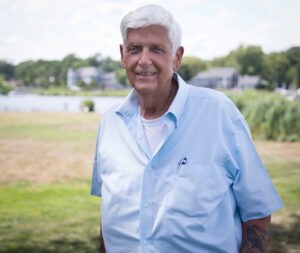
John Bonforte Sr.
Free support whether we make your product or not.
Sign Up To Receive Free
News You Can Use
on Closed Cell Sponge Rubber & Plastic Foam Materials and New Developments. By John Bonforte, Sr.









